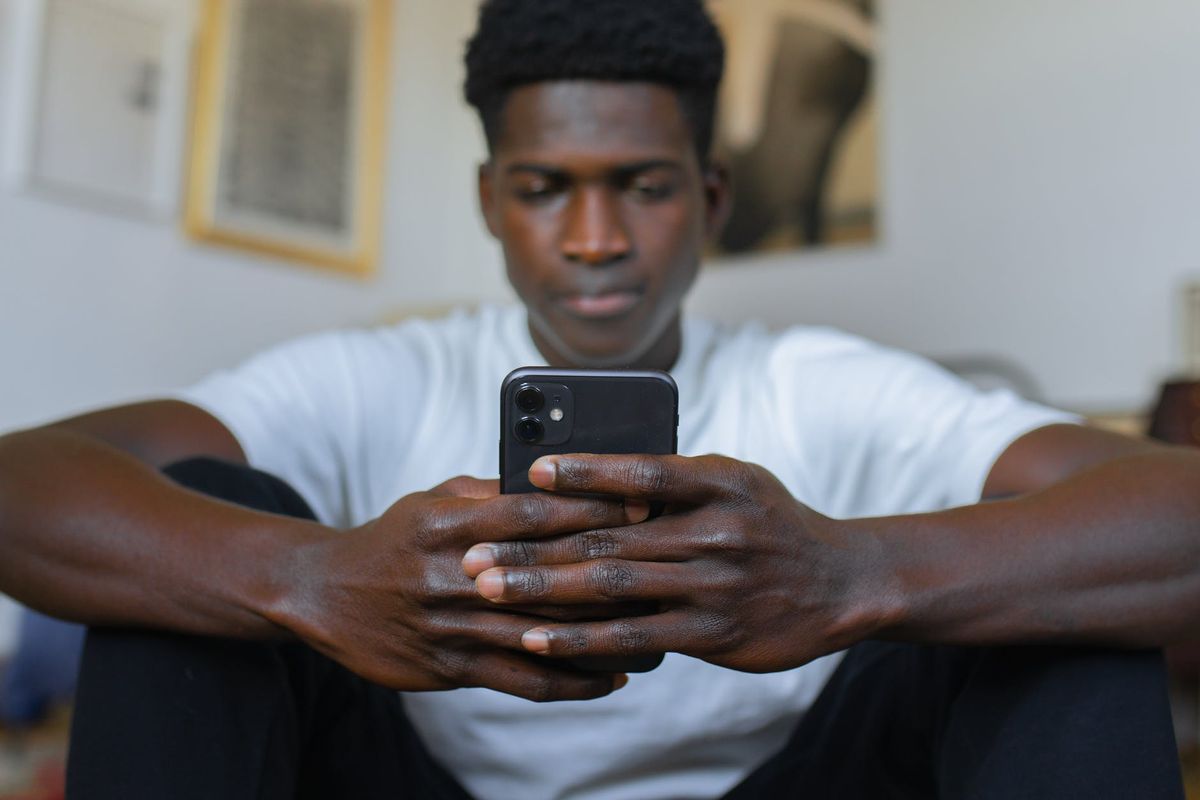Has COVID-19 changed the way people approach dating apps forever?

A few minutes every morning is all you need.
Stay up to date on the world's Headlines and Human Stories. It's fun, it's factual, it's fluff-free.
Prior to COVID-19, most dating apps were used as a means of finding a significant other or even just people to casually hook up with. However, with COVID-19 forcing the world to stay inside and self isolate, online communication has been on the rise in the last year. Many people have turned to dating apps to form genuine connections with new people, even if they have no premeditated end goal – like a hookup.
Popular dating apps like Tinder and Bumble have reported a massive surge in the number of users during the pandemic. Tinder explains: “It’s been the busiest year in our history. And it’s going to be a completely new decade of dating.”
As for the reason behind the surge, Bumble CEO Whitney Wolfe Herd says: “There’s a really interesting trend that has been taking place in the connection space, which is this desire to have platonic relationships. People are seeking friendship in ways they would have only done offline before the pandemic."
How have dating apps evolved during the pandemic?
Tinder released a detailed report back in March showcasing how the pandemic has affected their users and how COVID-19 has had a massive impact on the future of dating. In their report titled “The Future of Dating is Fluid,” Tinder reported 60% of their members began using Tinder because “they felt lonely and wanted to connect with people.” Not only this, but social engagement was higher than ever for the app, with conversations being “32% longer during the pandemic.”
With Tinder having the reputation as a go-to for finding casual hookups, the pandemic did see a massive shift behind users’ intentions on the app. The dating app reported that “almost 50% of Gen Z members had a video chat with a match during the pandemic.” The use of the video chat feature is indicative of users wanting to get to know their matches more and form meaningful connections rather than simply a one-night stand.
However, that is not to say the app isn’t still popular for those not looking for anything serious. Tinder reported a record breaking 3 billion swipes in a single day on March 29, 2020, and continued to break that record 130 times more in the past year.
Conversations were reported to be more authentic and deep, as “mentions of ‘anxiety’ and ‘normalize’ in bios grew during the pandemic (‘anxiety’ grew 31%; ‘normalize’ grew more than 15x).” This was in response to the thousands of users who participated in Tinder’s “Put Yourself Out There” challenge, where users submitted profiles that reflected their true personality, instead of posting a highlight reel of their best photos and captions to try and sell themselves like they would prior to the pandemic. According to Tinder, “this shift toward honesty will accelerate in the future as Gen Z, a generation known for valuing authenticity, becomes more of the dating population (today, over 50% of Tinder is Gen Z).”
Another surprising finding from Tinder’s report was that boundaries were made more clear, and Tinder predicts this is going to continue even after the pandemic is over. Tinder reported that users updated their bios “to make their expectations clear: the phrase ‘wear a mask’ went up 100x over the course of the pandemic, ‘boundaries’ is being used more than ever (up 19%), and the term ‘consent’ rose 11%.”
Longing for connection
Despite all the pain and trauma the pandemic has brought upon all of us, one thing it has improved for our future is making conversations about consent more comfortable and commonplace. “As conversations move to intimate matters, people will use the skills they’ve honed during the pandemic to make dating safer and happier,” Tinder wrote in their report regarding the future of dating.
One of the biggest impacts the COVID-19 pandemic has caused for the future of dating is increasing people’s yearning for the sense of touch and human interaction. Tinder reported that many new users came to Tinder “to seek the most innocent types of physical contact.” Words like “cuddle” were used 23% more, and phrases like “hand holding” were up 22%.
After nearly a year without physical contact, the presence of physical affection will be more appreciated by daters, with the smallest touches leaving big impacts. Tinder predicts that “even when meetups become common, little physical gestures will play a more important role in people’s dating lives.”
It’s safe to say that COVID-19 has shifted mass perception when it comes to dating apps. While many will still use dating apps in hopes of finding either casual sex or a romantic partner, the surge in users during the pandemic has presented many opportunities for dating apps to expand their target market from solely single people to pretty much anyone.
The pandemic has made most of us feel quite lonely at times, and these dating apps have served as a platform for allowing people to interact with others and meet new people, instead of just for the purpose of looking for a date. It will be interesting to see whether such apps will be regarded as “dating” apps anymore in the future, as more and more users start using them in hopes of seeking new friendships instead of romantic interests. Like Tinder said, the future of dating is in fact, fluid.
Have a tip or story? Get in touch with our reporters at tips@themilsource.com




Comments ()